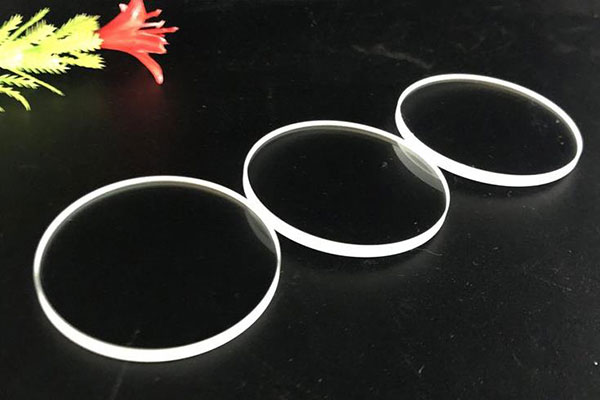Today, as technology continues to advance, AR (Augmented Reality) technology has quietly entered our daily lives, in AR glass has become a hotspot of innovation in this field.AR glass is a product that perfectly combines virtual information with the real world through the integration of AR technology in transparent glasses or heads-up displays. It not only changes the way users interact with digital content, but also has a profound impact on several industry sectors. This article will delve into the application of AR glass in modern technology and the changes it has brought about.
The Technical Basis of AR Glass
The core of AR glass lies in its advanced display technology and integrated sensors. Utilising transparent display technologies such as waveguide technology and light projection, AR glass can generate images in the air or on the surface of the glass while maintaining a high level of transparency and not blocking the user's view. In addition, with built-in sensors such as cameras, gyroscopes, accelerometers, etc., AR Glass can capture information about the external environment in real-time and interact with the virtual information to enhance and superimpose the information.
Application Fields
1. Education and Training
AR Glass can provide a new interactive learning tool for education and training. Students and professionals can view 3D models and animations superimposed on real objects through AR Glass to gain a more intuitive understanding of complex concepts and processes. For example, medical students can see virtual aspects of human anatomy through AR glass, while engineers can complete mechanical assemblies with the help of AR guidance.
2. Industry and Manufacturing
In the field of industrial design and manufacturing, AR glass can significantly improve efficiency and accuracy. Staff can quickly locate parts, view assembly instructions, or check product quality with real-time data and images obtained through AR glass. Meanwhile, AR maintenance systems can guide field workers in equipment repair, saving a lot of time and cost.
3. Retail and Marketing
AR glass provides a new way of experiential marketing for the retail and marketing industry. Consumers can use AR glass to try on clothes, try on glasses or see how furniture will look in their own homes. This interactive experience increases consumer shopping satisfaction and brand loyalty.
4. Navigation and travel
In the field of navigation and travelling, AR glass can display route and attraction information intuitively in the user's field of view, enhancing the convenience of navigation and the richness of the travelling experience. Through AR glass, travellers can see comparative images of historical buildings in the past and present, or find the nearest restaurant and metro station.
5. Gaming and Entertainment
AR Glass has revolutionised the gaming and entertainment industry. Users can immerse themselves in virtual game worlds while maintaining a sense of the real world. This new type of gaming experience improves player engagement and entertainment experience.
Challenges faced
Although AR glass technology shows great potential, it still faces several challenges. The miniaturisation of hardware, comfort for extended wear, battery life issues, and improved data processing capabilities are all current priorities for technology development. In addition, privacy protection, technology standardisation and the establishment of a content ecosystem are also key factors driving the widespread use of AR Glass.
Future Outlook
As technology continues to advance, it is expected that AR Glass will become lighter, smarter and more versatile. Graphics rendering will be more realistic, and the interactive interface will be more intelligent and personalised. Meanwhile, with the popularisation of 5G networks, the internet capabilities of AR Glass will be enhanced, enabling faster data transmission and richer online interactions.
All in all, AR glass, as a cutting-edge technology, is gradually penetrating all aspects of our lives. From education and training to industrial manufacturing, retail marketing, navigation and travelling, and even gaming and entertainment, AR Glass has shown its unique value and potential. Although there are still some technical and market challenges, with continued investment in R&D and technological breakthroughs, AR glass will undoubtedly become an important force in the future of science and technology. Looking ahead, we have reason to believe that AR glass will bring more innovations and surprises while broadening the boundaries of reality.







